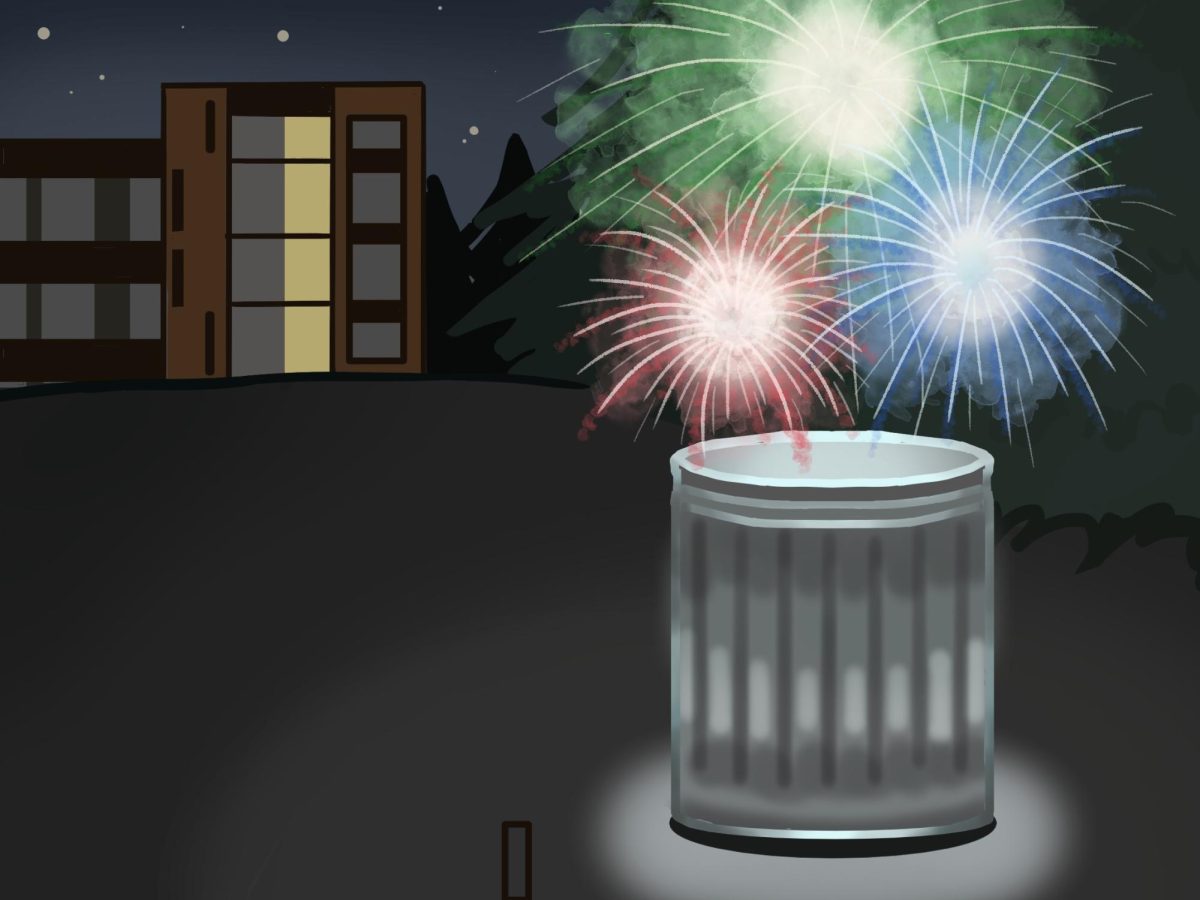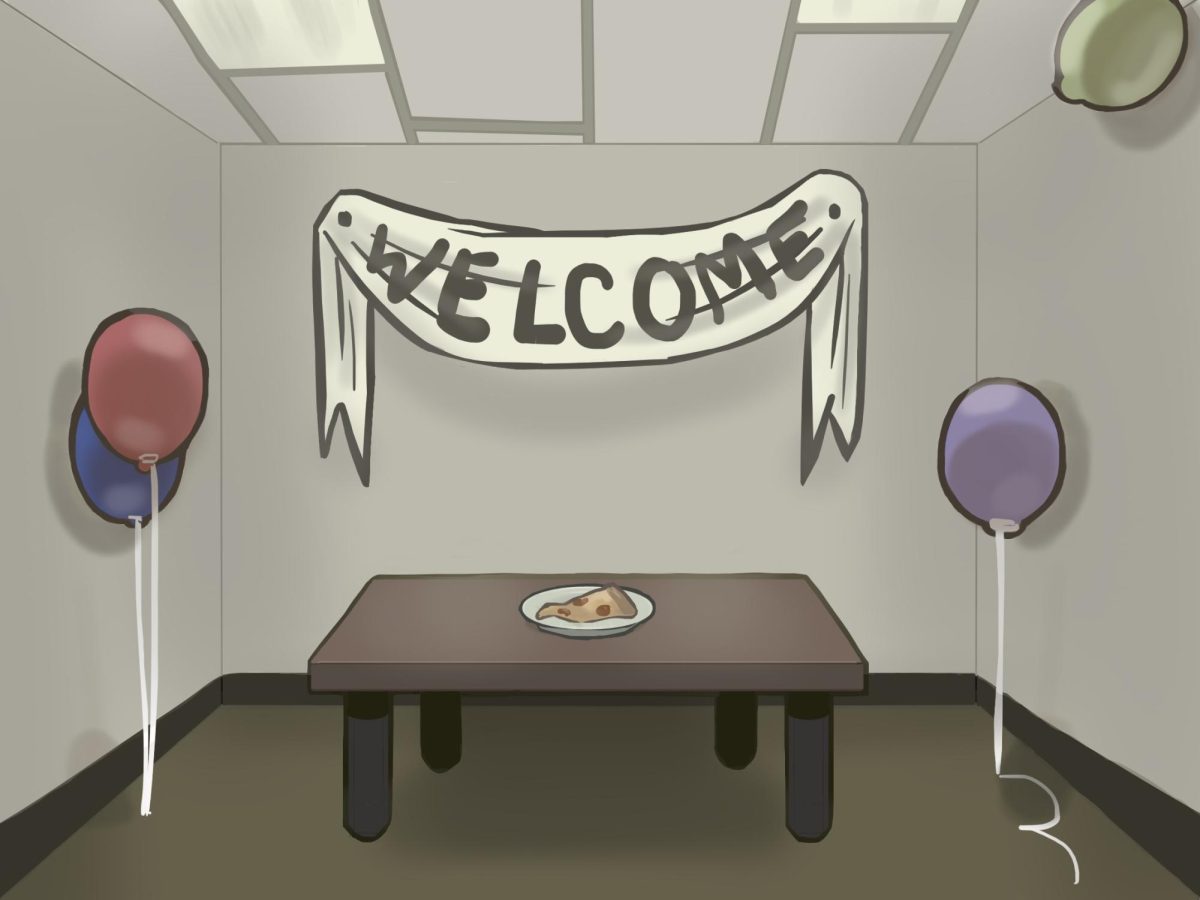Double Exposure: “Interiors” (1978)
January 25, 2021
No discussion of American cinema would be complete without mentioning the prolific career of filmmaker Woody Allen. Whether he was directing, writing or acting, his early catalogue featured everything from absurd slapstick comedies to lighthearted romantic dramas.
This is why audiences were caught off-guard when “Interiors” was released in 1978. It’s by no means a feel-good movie — in fact, it’s a rather dismal study on human fragility and all of the complexities that go along with it.
The film centers around the deteriorating marriage of middle-aged couple Eve (Geraldine Page) and Arthur (E.G. Marshall) and their three daughters: Joey (Mary Beth Hurt), the smart, down-to-Earth artist who can’t settle on a creative outlet, Renata (Diane Keaton), the anxious poet whose husband feels threatened by her talent and Flyn (Kristin Griffith), the simple, unassuming sister who left the others early on to pursue acting in Los Angeles.
Their fractured family is the type which, if framed on a mantle as a portrait, would have a bold crack running across the glass.
E.G. Marshall, who previously graced the courtroom in productions like “12 Angry Men” and “The Defenders,” embodies a role significantly more layered than his previous characters. This time, he returns to the screen older, wiser and faced with a dilemma: how to seamlessly leave his withdrawn, self-destructive wife for the extroverted, happy-go-lucky Pearl (Maureen Stapleton) — all without hurting his daughters in the process.
Geraldine Page shines as the tragic Eve, with a personna that’s reminiscent of a void. Her understated suffering is tangible, and contagious, as the events of the film drift more and more out of her favor despite her wishful thinking. She is trapped in the “bargaining” stage of grief, unable to accept that her husband has fallen out of love with her.
On the surface, Arthur’s actions seem insensitive. But he isn’t entirely void of compassion, as he remains close to the family throughout the transition and puts effort into painlessly escaping the throes of Eve while seeking the approval of his daughters.
At the beginning of the film, viewers get a taste for Joey’s attitude toward her mother: sensitive yet practical, and frustrated by her sisters who encourage their mother’s delusions in a misguided attempt to comfort her.
Joey feels as though her mother is getting cast aside in favor of a newer model. But instead of the film forcing you to despise Pearl (like one might if they viewed the film solely through Joey’s eyes), it somehow manages to cut her some slack. Though somewhat garish, Pearl is innocent to the point of being endearing — you almost want to spare her the details of the turmoil that’s unfolding behind the scenes.
Their fractured family is the type which, if framed on a mantle as a portrait, would have a bold crack running across the glass.
Even the film’s set design is dreary: While sparse, minimalistic rooms make up the film’s half, the second act, where Arthur marries Pearl at the family’s east coast beach house, is framed by bleak interstitial shots of the grey ocean crashing against the shore. Like the mood inside, it looks fittingly cold.
In a word, “Interiors” is human. What it lacks in flashy production value it makes up for with each player’s emotionally raw performance. It’s no wonder that the majority of the cast got their start on the stage — a medium to which this film would lend itself nicely.
It’s a weighty saga of interpersonal relationships that must be seen to be understood.








BOB BAILEY III • Jan 26, 2021 at 12:35 am
Nice job on the review although a bit wordy. Impressed with your ability to break down the acting in
a bygone era.
Nice work Nova
BB III